There have been plenty of tool watches on the blog, so this time it’s something with a little more finesse, a 1960’s gents dress watch from Longines.
(Click pictures to enlarge)
Longines is a well respected company in Swiss watchmaking with over a 175 year history. The company started in 1832 assembling watches from parts made by artisans working independently (a common practice at that time) and in 1866, Ernest Francillon the nephew of the founder, opened a factory at “Les Longines” (the long meadows) in St. Imier bringing several artisans under one roof, and pioneered the development of machine tools to increase productivity.
In 1867 at the Universal Exhibition in Paris, Francillon presented the first calibre designed and produced completely in-house, the 20A – a mechanical movement with pendant winding. In 1873 they won the first of many gold medals for precision and reliability at the Universal Exposition of Vienna, and in 1878 produced their first chronograph calibre, the 20H.
The company grew steadily and by the 1920’s employed 2500 workers producing 122,000 watches per year. During this decade aircraft were starting to be used for military and exploration purposes, and Longines established a link with many aviation pioneers, produced what are arguably their two most famous watches, the Weems and Lindbergh (Hour Angle) models.
The watch in this post dates to 1962 and contains a well respected Longines calibre, the 30L., which was available in a number of different grades, this one being the ‘plain’ version. The higher grade versions had more elaborate decoration on both sides of the calibre and larger balance wheels. The highest grade was the cal. 30Z which was used successfully in Observatory Chronometer testing, competing against other renowned calibres such as the Omega 302 and the Zenith 135.
Like many of Longines’ in-house calibres, the quality and care taken in the manufacturing process shines through and though it is a relatively simple calibre, I’ll take the opportunity to point out a few highlights.
The first thing to notice is that the jewels for all the train wheels are mounted in “chatons”. A chaton is a ring of soft metal (usually gold) which forms a barrier between the brittle jewel and the hard steel plate. Chatons were used to minimise breakages during installation in the days before jewels could be manufactured to extremely tight tolerances. The continued use of chatons in modern watches is mainly aesthetic as the gold enhances the brilliance and colour of the jewel inside.
There are several other aesthetic enhancements found mainly on higher quality calibres. The edges of the bridges have all been bevelled to remove the sharp edges, then polished, and under the balance wheel is a section of perlage decoration. The arms on all the wheels have been rounded, and the underside of the ratchet wheel has been radially brushed too, which is a nice touch as this isn’t even visible when the part is in place.
The balance wheel in this calibre is typical of many vintage watches from this period as it is fitted with rim mounted screws, and a flat Nivarox hairspring.
The screws are used for poising and to make minor timing adjustments. All balance wheels need to be poised, which means that the centre of gravity must be as close to the centre of the balance staff as possible. If the balance wheel rim has a heavy point then the centre of gravity moves away from the staff when the wheel is rotating, affecting the timing in different positions. To compensate for this the screws can be moved in or out as required (or their weight changed) to ensure that the balance wheel is perfectly poised.
While screwed balances are still found in some high-grade watches these days, most modern watches have balances made from a single piece of beryllium bronze (Glucydur) which is laser poised by machine. The benefits being that they are more aerodynamic and are unaffected by magnetism or temperature changes.
Though the watch in this post arrived in a non-running condition, it only needed a service to get it up and running again, and the 9ct gold case looked great after a light buff.
Rich.
** Many thanks to Claire Bateman for letting me feature her watch on the blog. **

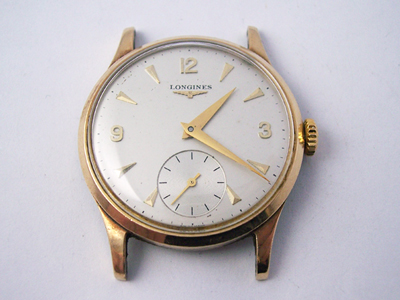
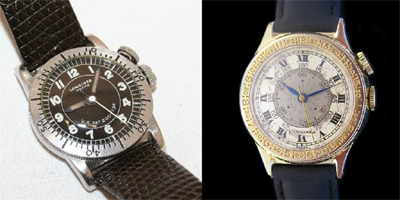
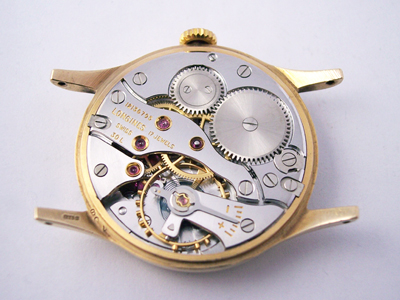
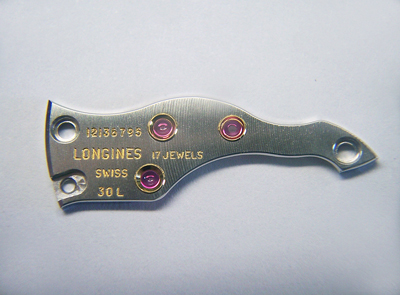
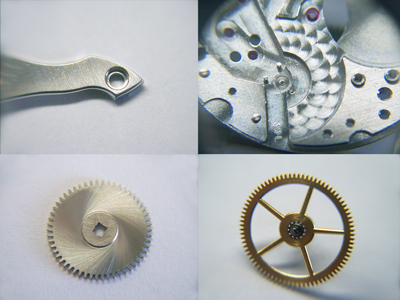
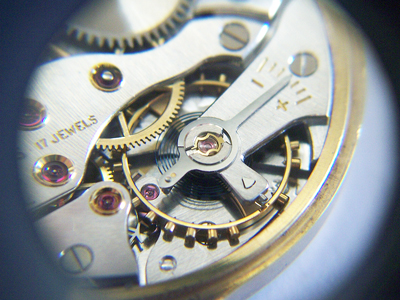
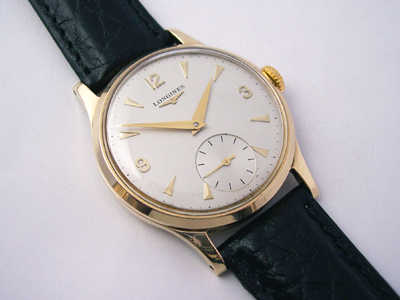
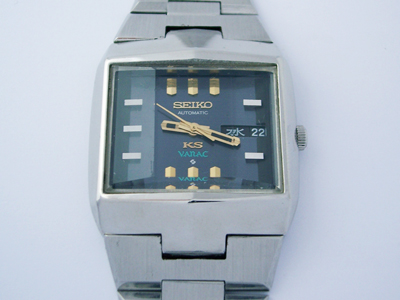
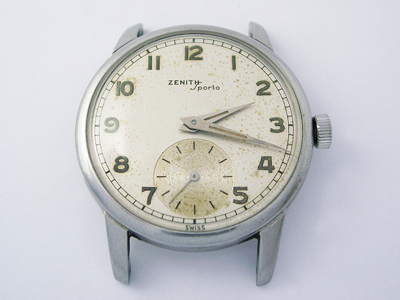
Very nice classic look.